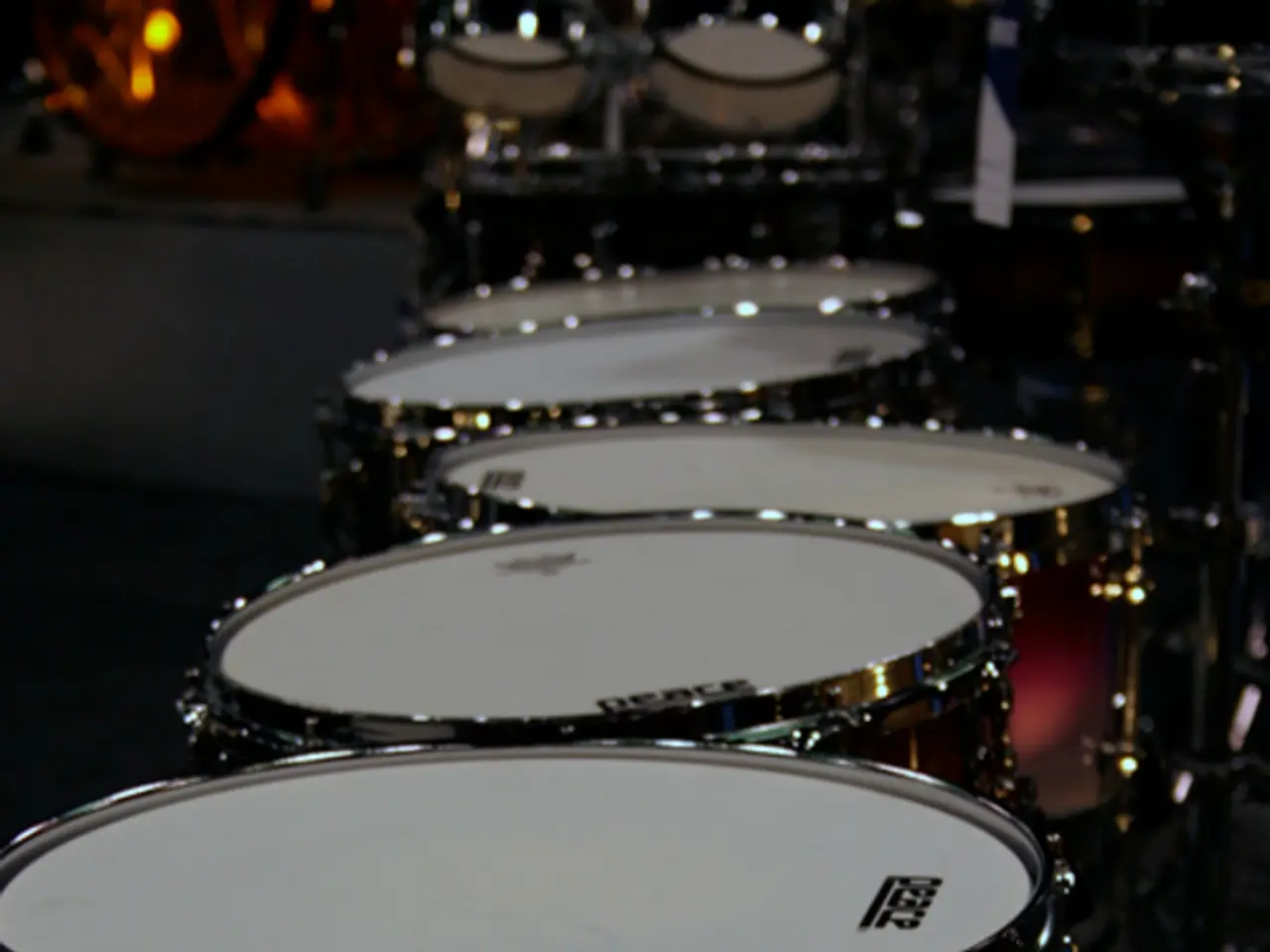Understanding the Link Between Depression and Persistent Headaches
Depression, a mental health disorder characterized by persistent feelings of sadness, hopelessness, and a lack of interest or pleasure in daily activities, has been found to significantly increase the risk of developing headaches, particularly migraines. This connection is complex and bidirectional, highlighting the intricate interplay between mental and physical health.
One of the most common physical symptoms associated with depression is headaches. Tension headaches, characterized by a dull, aching sensation that feels like a tight band around the head, are the most common type experienced by people with depression. Migraine headaches, more prevalent among individuals with depression compared to the general population, are often described as a constant, dull ache rather than sharp or throbbing pain.
Research shows a strong bidirectional comorbidity between depression and migraine headaches, meaning that depression can increase the risk for migraines and vice versa. This relationship is supported by genetic and neurobiological factors common to both conditions.
The mechanisms behind depression-related headaches are multifaceted. Shared brain abnormalities and sensory processing dysfunction are key factors. Depression and migraine both involve functional and structural changes in brain regions related to sensory processing, such as the visual, somatosensory, and auditory cortices. Patients with depression show altered sensory sensitivity—either heightened or reduced—which is linked to abnormal connectivity within brain networks including the thalamus, limbic system, and sensory cortices.
Both disorders also feature altered brain excitability and pain processing pathways. For migraines, sensitization of trigeminal pathways and abnormal cortical excitability contribute to headache pain. Depression involves disruptions in brain regions implicated in mood regulation and sensory processing that may also influence pain perception.
In addition, depression is linked with systemic inflammation, which also plays a role in chronic migraine pathophysiology. This inflammatory component may be one pathway through which depression enhances headache risk.
The coexistence of depression and headaches often complicates treatment and impacts quality of life, underscoring the importance of addressing both conditions in affected individuals. Seeking professional help for proper diagnosis and treatment is crucial if you're experiencing symptoms of depression, frequent headaches, or both.
Practicing stress-reduction techniques such as meditation or deep breathing exercises is important for managing both depression and headaches. Establishing a regular sleep schedule is also an essential component of managing both depression and headaches. Identifying and avoiding personal headache triggers is crucial for managing depression-related headaches.
Cognitive-behavioral therapy (CBT) can be highly effective in treating depression and may also help reduce the frequency and intensity of associated headaches. Mindfulness-based stress reduction (MBSR) and biofeedback can provide individuals with tools to manage stress and pain more effectively, potentially reducing the impact of both depression and headaches on daily life.
In conclusion, understanding the link between depression and headaches is essential for effective management and treatment. By recognizing the shared mechanisms and neurobiological pathways, healthcare professionals can tailor treatments to address both conditions simultaneously, improving the overall well-being of affected individuals.
Self-care practices, such as meditation or deep-breathing exercises, can help manage symptoms of both depression and headaches. Establishing a consistent sleep schedule is important for maintaining mental health and reducing headache frequency.
Individuals with co-occurring depression and headaches may benefit from cognitive-behavioral therapy (CBT), as it can not only treat depression but also potentially reduce headache frequency and intensity.
Mindfulness-based stress reduction (MBSR) and biofeedback techniques can help manage stress more effectively, reducing the impact of both depression and headaches on daily life.
The complex connection between depression and headaches highlights the significance of addressing mental health when treating individuals with persistent headaches. This could involve a combination of therapy, stress-reduction techniques, and pain management strategies.
Research into the shared mechanisms and neurobiological pathways between depression and headaches is ongoing. This science-driven approach will hopefully lead to more effective treatments that address both conditions simultaneously, ultimately improving mental health and wellness.




